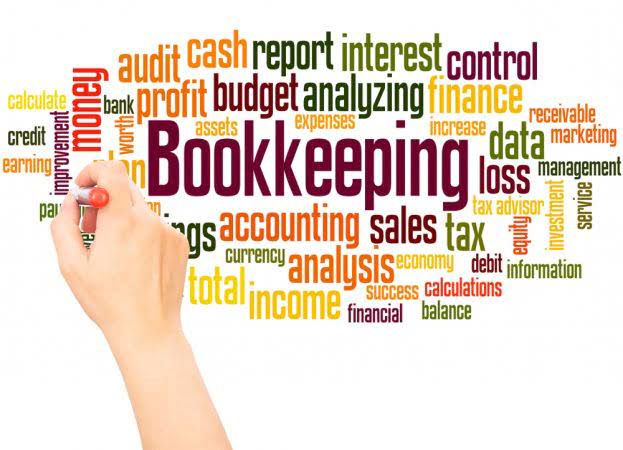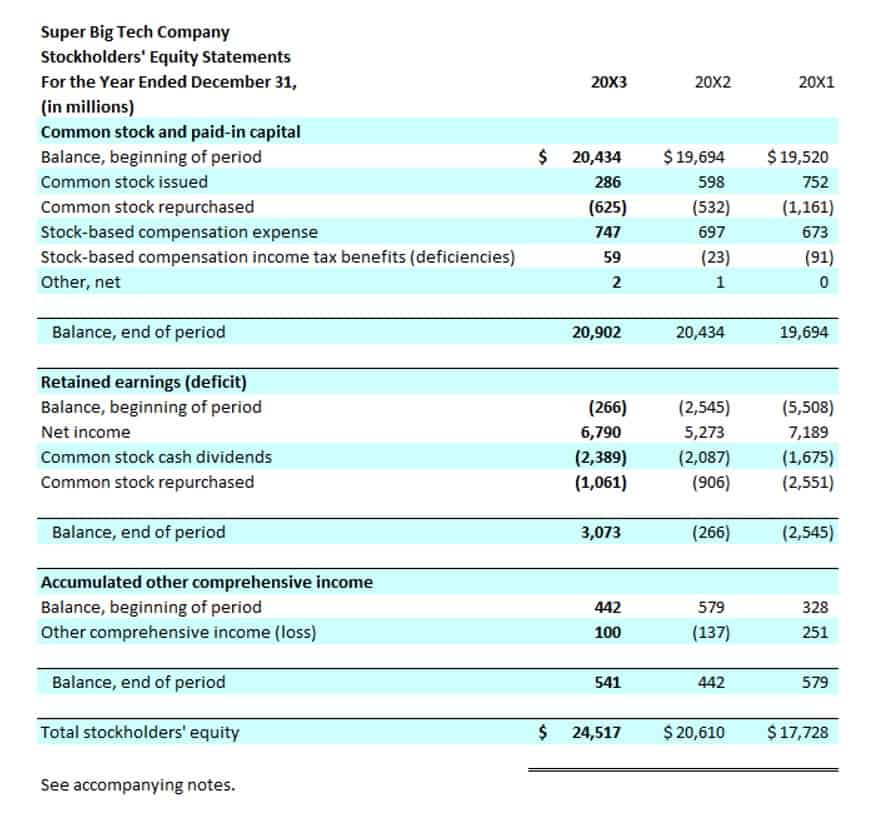
While notes receivable are classified as assets on the balance sheet, they can still have an impact on cash flow. Dino-Kleen, a customer of Terrance Inc. owes a $10,000 invoice that is past due. Terrance Inc. agrees to grant Dino-Kleen a longer Accounting For Architects period of time to pay the invoice in exchange for 5% interest. This means the interest on the note is earned in the January, February, March, and April accounting periods.
Create a free account to unlock this Template
As shown above, the note’s market rate (12%) is higher than the stated rate (10%), so the note is issued at a discount. Let us understand the advantages and disadvantages of a notes receivable account through the discussion below. Let us understand the intricacies of how a notes receivable account is maintained and the details of the entries with the help of a couple of examples. Notes receivable are recognized when the company obtains an enforceable legal claim to payment through the signed promissory note.
- The excess cash is normally invested in low risk and highly liquid instruments to generate additional income.
- The remaining principal of the note reflects the amount yet to be collected, and the note’s term, such as 10, signifies the duration until repayment.
- Practical examples and journal entries are included to demonstrate key accounting mechanics.
- Company A sells machinery to Company B for $300,000, with payment due within 30 days.
- On the other hand, notes payable come into play when you, as a real estate investor or developer, take on debt to finance property purchases or development projects.
Present Values when Stated Interest Rates are Different than Effective (Market) Interest Rates

For example, a note due in three years would appear under the non-current asset section of the balance sheet. In cases where a note has payments scheduled over several years, the portion due within the next 12 months is reported as a current asset, while the remaining balance is listed as a non-current asset. Current assets are resources a business expects to convert into cash, consume, is note receivable a current asset or use up within one year from the balance sheet date, or within its normal operating cycle, whichever period is longer.
Example of Journal Entries for Notes Receivable
Notes receivable are classified as either current assets or non-current assets depending on when they are expected to be repaid. If repayment is due within one year (or the operating cycle of the business), they’re considered current assets; otherwise, they fall into the non-current category. Notes receivable are financial assets of a business which arise when other parties make a documented promise to pay a certain sum on demand or on a specific date. Notes receivable represent a formal, written promise from another party to pay a specific amount of money by a certain date. Accurate classification is important for financial reporting and understanding a company’s financial standing. It arises from a past transaction, such as a sale on credit or a loan extended, where the business has provided goods, services, or funds to another party.


The presence of a promissory note provides a stronger legal claim for the business, and they can even be used as collateral. Conversely, if a note receivable’s maturity date extends beyond one year or the operating cycle, the entire note is generally classified as a non-current asset. For notes that involve installment payments over multiple years, a portion of the note may be current while the remainder is non-current. The portion of the principal expected to be collected within the next 12 months is reported as a current asset, with the https://bucketarts.com/2022/05/31/books-book-reviews-book-news-and-author-interviews/ remaining balance listed as a non-current asset. Yes, notes receivable are typically classified as current assets if they are expected to be collected within one year.
- This distinction is important for financial reporting, providing insight into a company’s asset liquidity.
- Companies purchasing goods and services that do not take advantage of the sales dis- counts are usually not using their cash as effectively as they could.
- This presentation helps financial statement users assess a company’s liquidity and long-term financial position.
- You require they sign a promissory note saying “I, John Q. Customer, owe $15,000 due six months from this date.” Usually, the note sets an interest rate too.
- This means the notes’ face value is reduced by any allowance for doubtful accounts established for potential uncollectibility.
- If a borrower fails to repay the note, the company may need to write off any notes receivable that are deemed uncollectible.